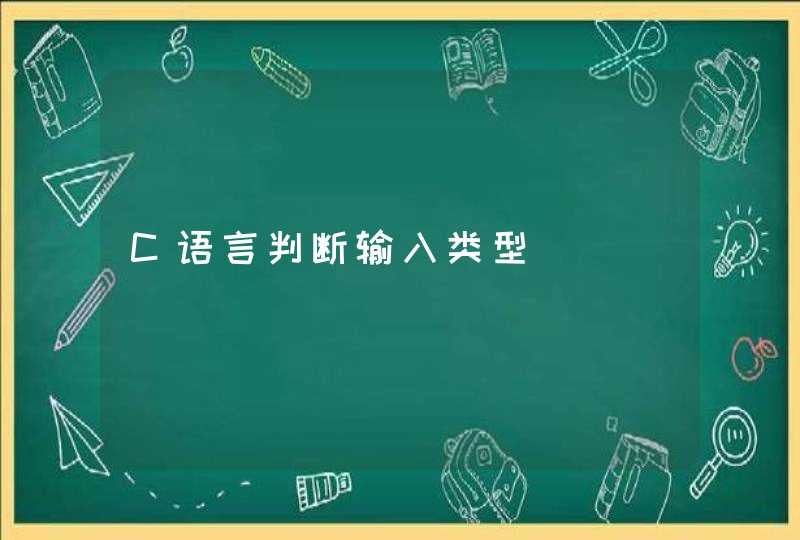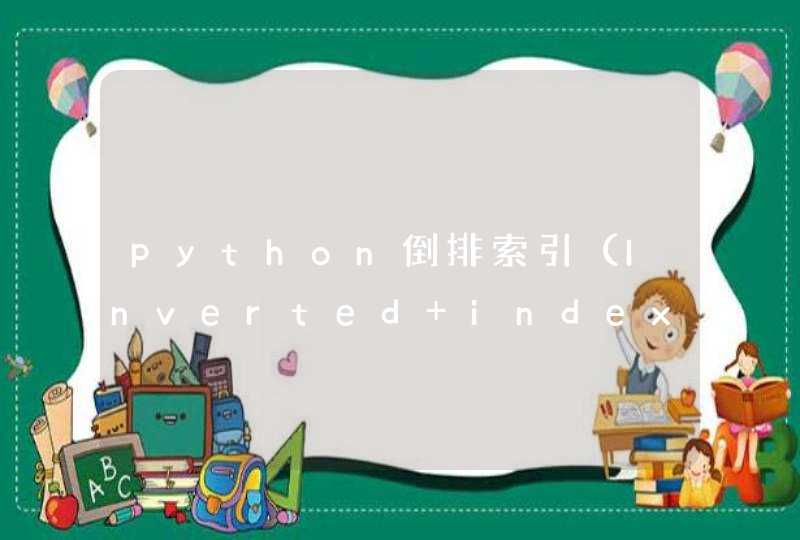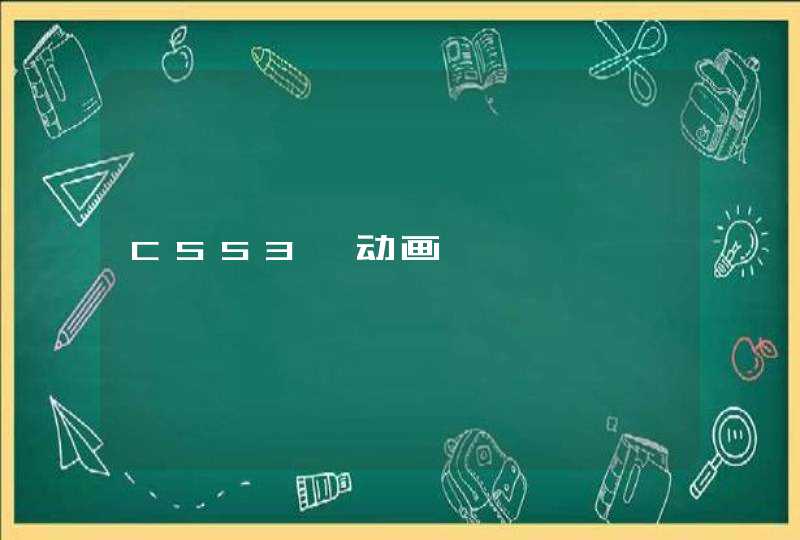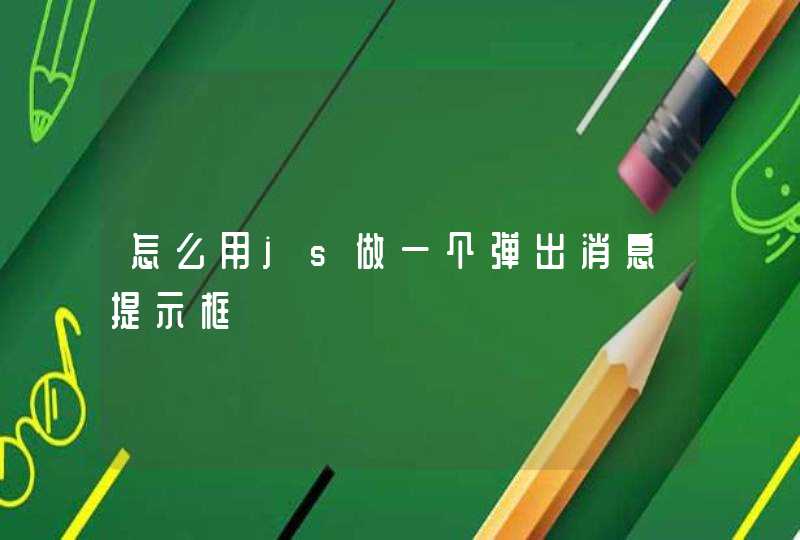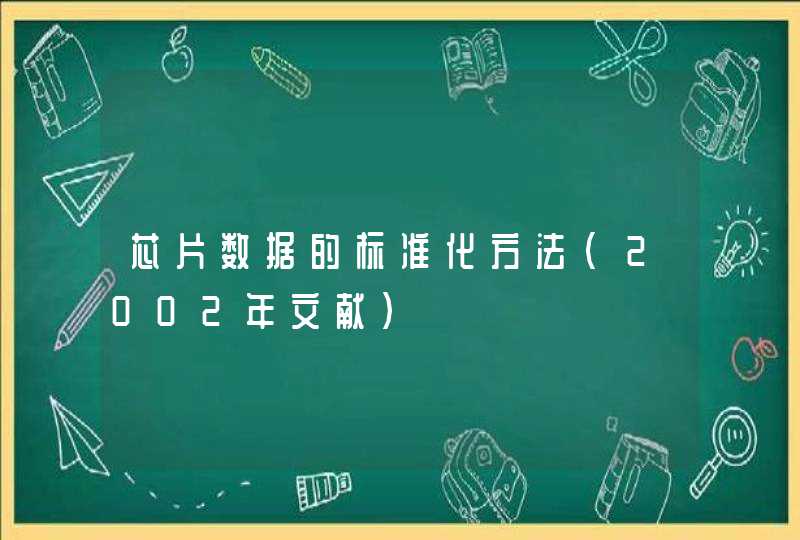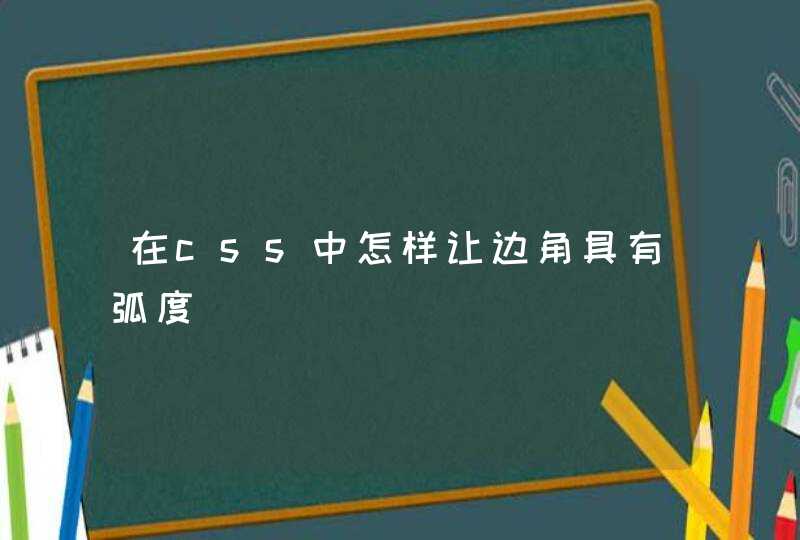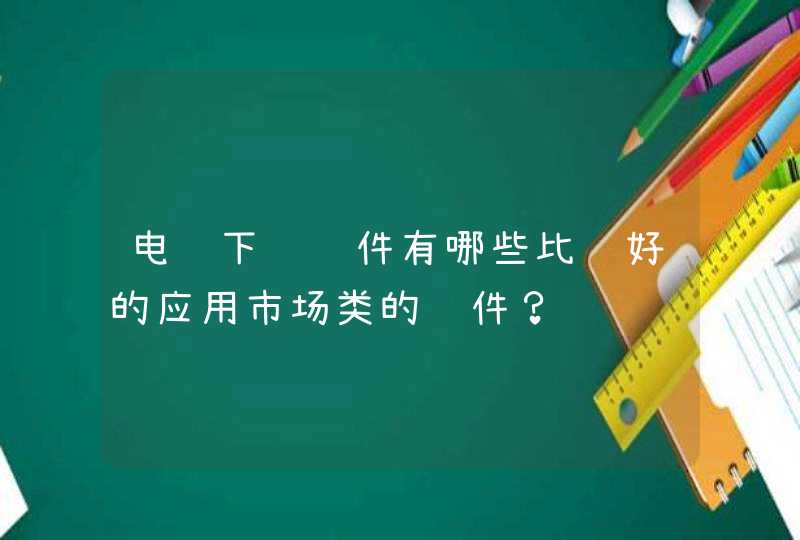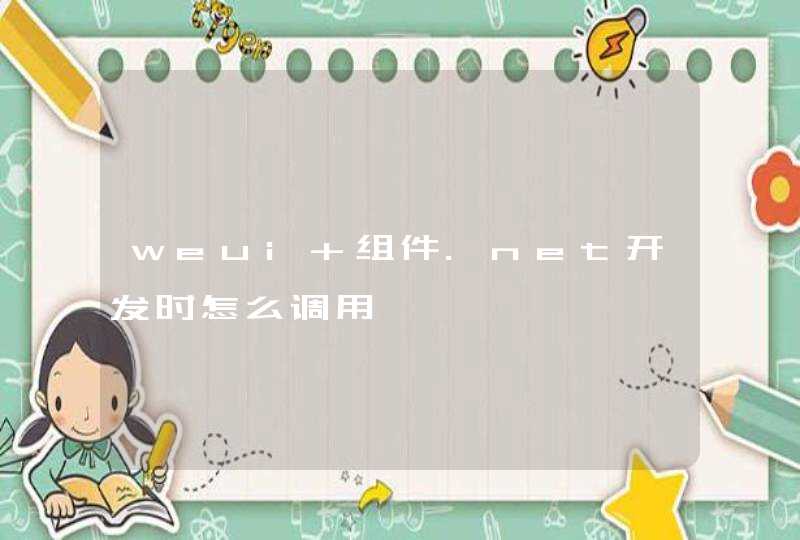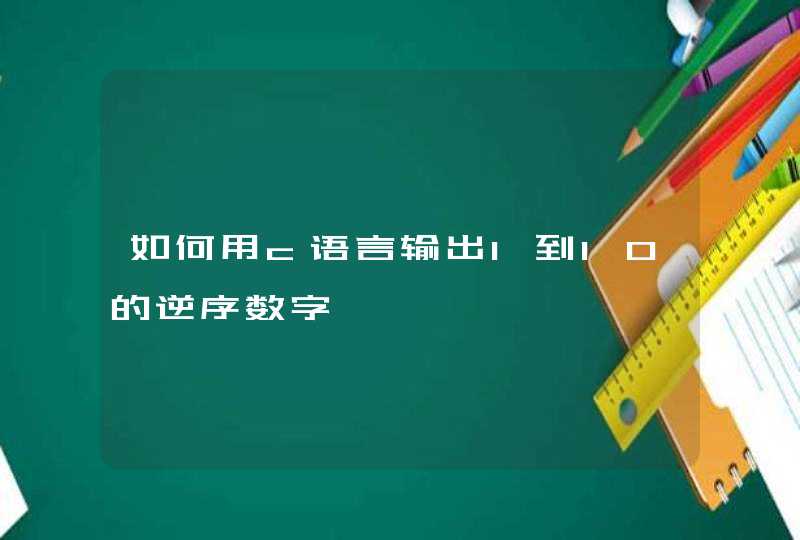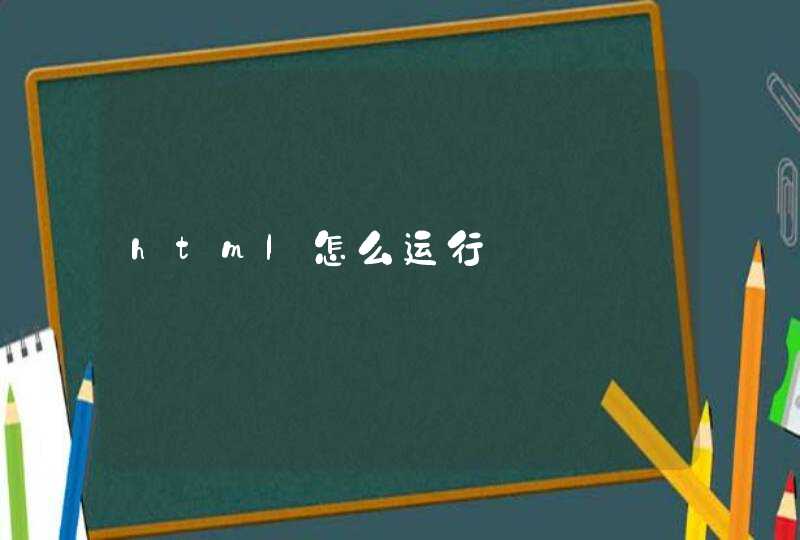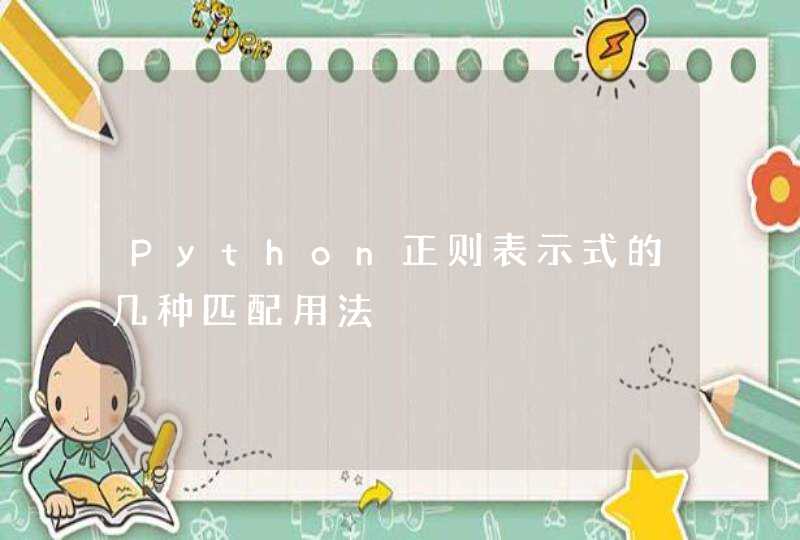
下面列出: 1.测试正则表示式是否匹配字串的全部或部分regex=ur"" #正则表示式
if re.search(regex, subject): do_something()else: do_anotherthing() 2.测试正则表示式是否匹配整个字串 regex=ur"/Z" #正则表示式末尾以/Z结束
if re.match(regex, subject): do_something()else: do_anotherthing() 3.建立一个匹配物件,然后通过该物件获得匹配细节(Create an object with details about how the regex matches (part of) a string) regex=ur"" #正则表示式
match = re.search(regex, subject)if match: # match start: match.start() # match end (exclusive): atch.end() # matched text: match.group() do_something()else: do_anotherthing() 4.获取正则表示式所匹配的子串(Get the part of a string matched by the regex) regex=ur"" #正则表示式
match = re.search(regex, subject)if match: result = match.group()else: result ="" 5. 获取捕获组所匹配的子串(Get the part of a string matched by a capturing group) regex=ur"" #正则表示式
match = re.search(regex, subject)if match: result = match.group(1)else: result ="" 6. 获取有名组所匹配的子串(Get the part of a string matched by a named group) regex=ur"" #正则表示式
match = re.search(regex, subject)if match:result = match.group"groupname")else:result = "" 7. 将字串中所有匹配的子串放入阵列中(Get an array of all regex matches in a string) result = re.findall(regex, subject) 8.遍历所有匹配的子串(Iterate over all matches in a string) for match in re.finditer(r"<(.*?)/s*.*?1>", subject) # match start: match.start() # match end (exclusive): atch.end() # matched text: match.group() 9.通过正则表示式字串建立一个正则表示式物件(Create an object to use the same regex for many operations) reobj = re.pile(regex) 10.用法1的正则表示式物件版本(use regex object for if/else branch whether (part of) a string can be matched) reobj = re.pile(regex)if reobj.search(subject): do_something()else: do_anotherthing() 11.用法2的正则表示式物件版本(use regex object for if/else branch whether a string can be matched entirely) reobj = re.pile(r"/Z") #正则表示式末尾以/Z 结束
if reobj.match(subject): do_something()else: do_anotherthing() 12.建立一个正则表示式物件,然后通过该物件获得匹配细节(Create an object with details about how the regex object matches (part of) a string) reobj = re.pile(regex) match = reobj.search(subject)if match: # match start: match.start() # match end (exclusive): atch.end() # matched text: match.group() do_something()else: do_anotherthing() 13.用正则表示式物件获取匹配子串(Use regex object to get the part of a string matched by the regex) reobj = re.pile(regex) match = reobj.search(subject)if match: result = match.group()else: result ="" 14.用正则表示式物件获取捕获组所匹配的子串(Use regex object to get the part of a string matched by a capturing group) reobj = re.pile(regex) match = reobj.search(subject)if match: result = match.group(1)else: result ="" 15.用正则表示式物件获取有名组所匹配的子串(Use regex object to get the part of a string matched by a named group) reobj = re.pile(regex) match = reobj.search(subject)if match: result = match.group("groupname")else: result ="" 16.用正则表示式物件获取所有匹配子串并放入阵列(Use regex object to get an array of all regex matches in a string) reobj = re.pile(regex) result = reobj.findall(subject) 17.通过正则表示式物件遍历所有匹配子串(Use regex object to iterate over all matches in a string) reobj = re.pile(regex)for match in reobj.finditer(subject): # match start: match.start() # match end (exclusive): match.end() # matched text: match.group()字串替换 1.替换所有匹配的子串 #用newstring替换subject中所有与正则表示式regex匹配的子串
result = re.sub(regex, newstring, subject) 2.替换所有匹配的子串(使用正则表示式物件) reobj = re.pile(regex) result = reobj.sub(newstring, subject) 字串拆分 1.字串拆分 result = re.split(regex, subject) 2.字串拆分(使用正则表示式物件) reobj = re.pile(regex) result = reobj.split(subject)
两种:
1.
m = re.match(r'匹配条件', '待匹配内容')
2.
pattern = re.pile(r'匹配条件')m = pattern.match('待匹配内容')
正则表示式 简单的匹配(=([0-9.]+[,]*)+)
正则表示式的具体用法
这个吧最好找本书看看,一两句话也说不明白,做验证啊什么的用它就行
正则表示式 匹配问好星号在什么语言中用的?
一般都是前面加个“\”反斜杠即 \?
在java中用字串\是特殊字元所以String reg="\\?"这样可以匹配一个 “?”问号.
java 正则表示式 abcded 匹配b出来public class FillUtil {
public static void main(String[] args){
String item = "a:b: c:d:e"
Pattern pattern = Pattern.pile("\\w:\\w?")
Matcher matcher = pattern.matcher(item)
while(matcher.find()){
String find = matcher.group()
String[] finds = find.split(":")
for(String each:finds){
System.out.println(each)
}
System.out.println("_")
}
}
}
以下正则表示式有匹配吗?应该没有吧,把\s\S都排出了,那不就没东西了吗?
注意,[]中的^表示反义。
能匹配以下正则表示式的内容?什么都不能匹配。
用python正则表示式匹配java方法定义怎么写1
2
3
4
5
6
7
8
9
10
>>>str_ = 'a100b30\t:aa./aaaa.\n' # 'str'是内建方法,不宜做变数名
>>>import re
>>>re_str = '.*\t(.*)\n'
>>>re_pat = re.pile(re_str)
>>>search_ret = re_pat.search(str_)
>>>if search_ret:
search_ret.groups()
我们在面对生物数据,比如序列信息(比如碱基序列、氨基酸序列等)的时候, 会时常要问,这其中是否包含着且含有多少某种已知的模式,一段DNA中是否包含转录起始特征TATA box、一段RNA中是否包含某种lncRNA、一段肽链中是否包含锌指结构等等;另一方面,我们在操作数据时,会时常遇到诸如把某个字符(对象)换成另一种字符(对象)的替换操作,而其本质还是如何搜索符合某种(替换)模式的对象。
在这些几乎天天都可以碰到的 模式匹配/搜索问题中,正则表达式就是一把解决问题的利剑!
在Python的re模块中,常用的有四个方法(match、search、findall、finditer)都可以用于匹配字符串,今天我们先来了解一下re.match()。
re.match()必须从字符串开头匹配! match方法尝试从字符串的起始位置匹配一个模式,如果不是起始位置匹配成功的话,match()就返回none。主要参数如下:
举个栗子来理解一下它的用法:
运行结果:
从例子中我们可以看出,re.match()方法返回一个匹配的对象,而不是匹配的内容。通过调用span()可以获得匹配结果的位置。而如果从起始位置开始没有匹配成功,即便其他部分包含需要匹配的内容,re.match()也会返回None。
一般一个小括号括起来就是一个捕获组。我们可以使用group()来提取每组匹配到的字符串。
group()会返回一个包含所有小组字符串的元组,从 0 到 所含的小组号。
直接调用groups()则直接返回一个包含所有小组字符串的元组,从 1 到 所含的小组号。
再举一个栗子:
运行结果:
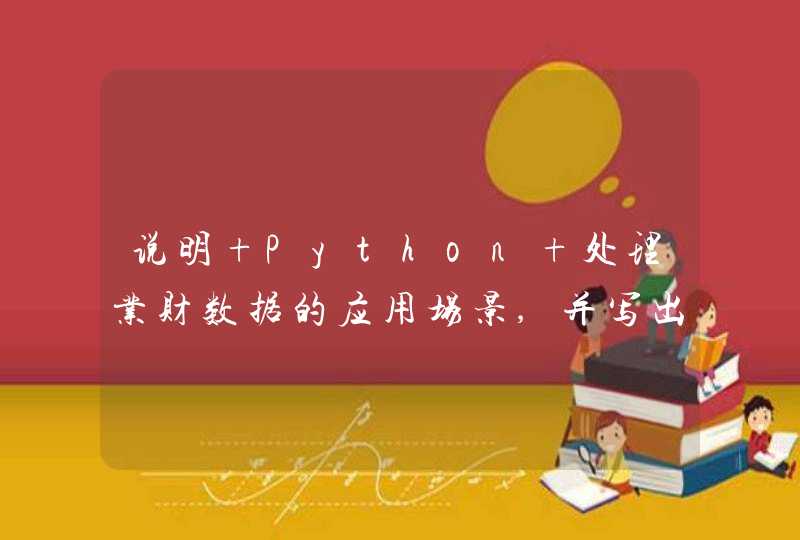


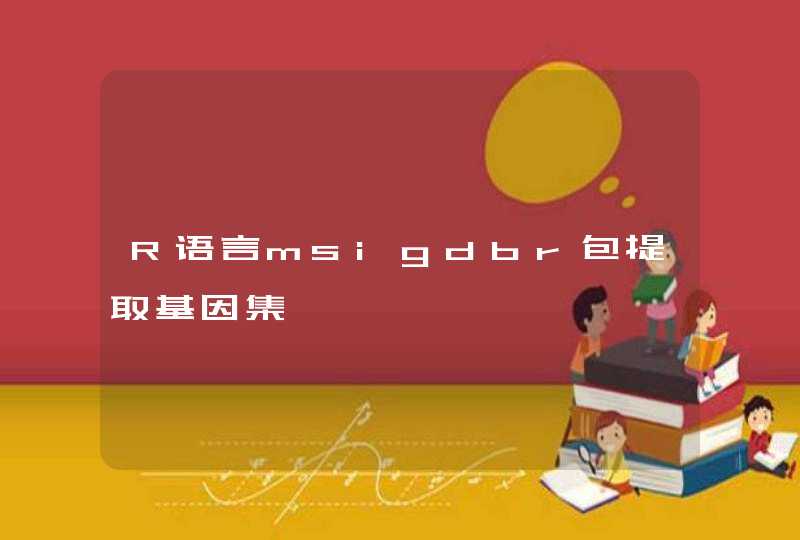

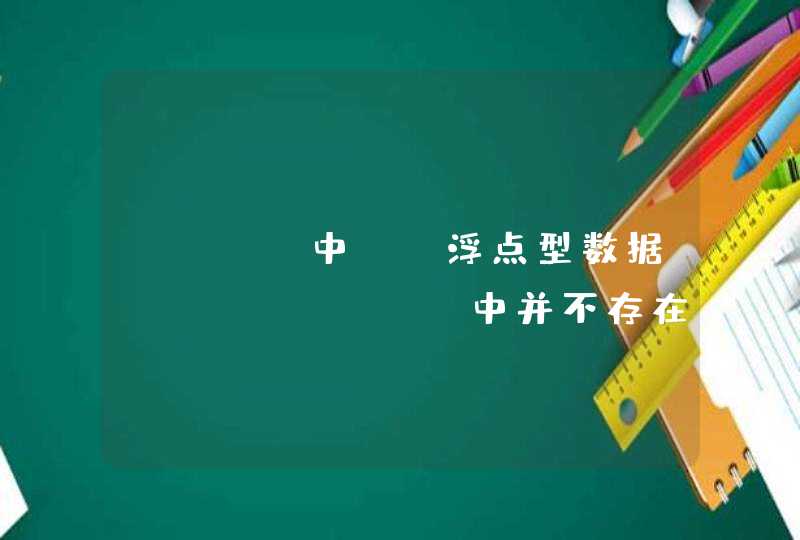
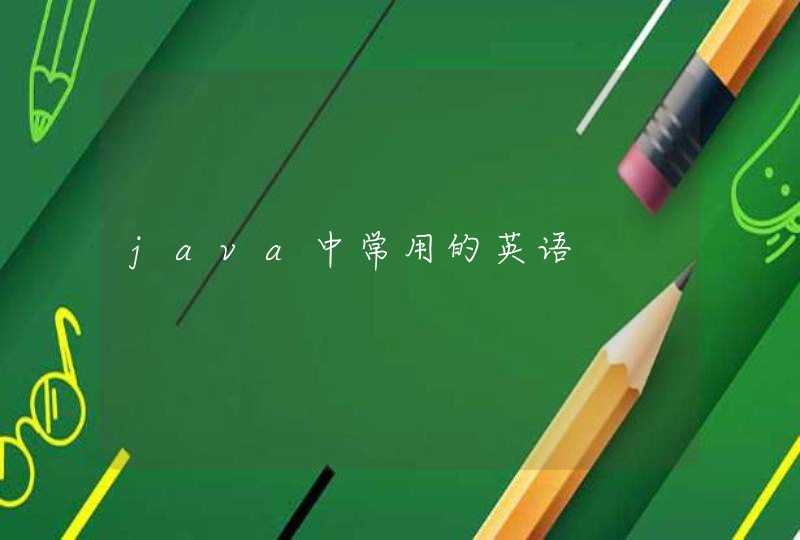
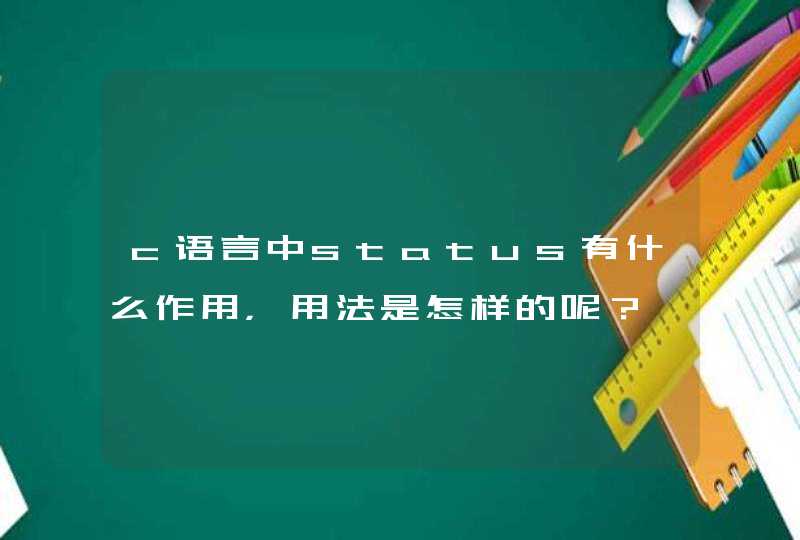

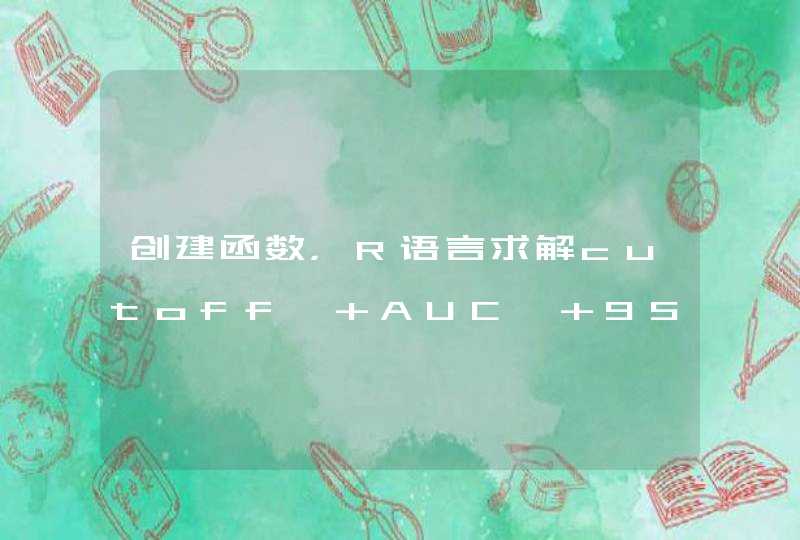




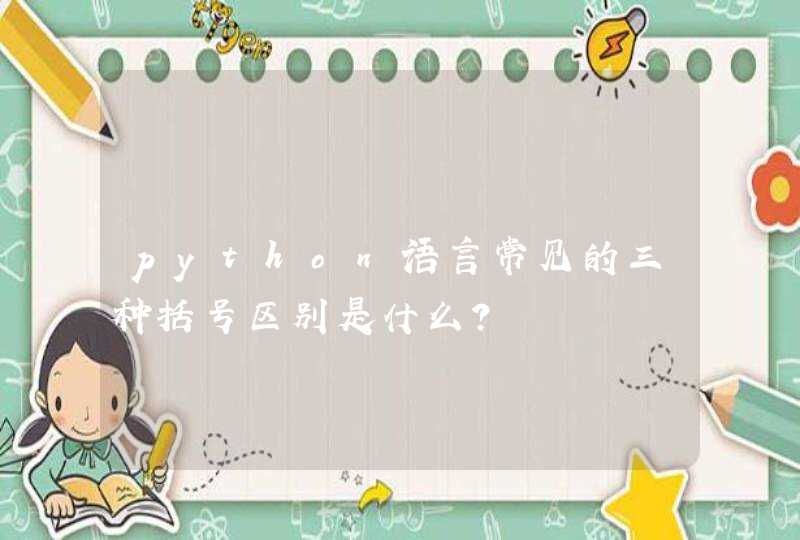

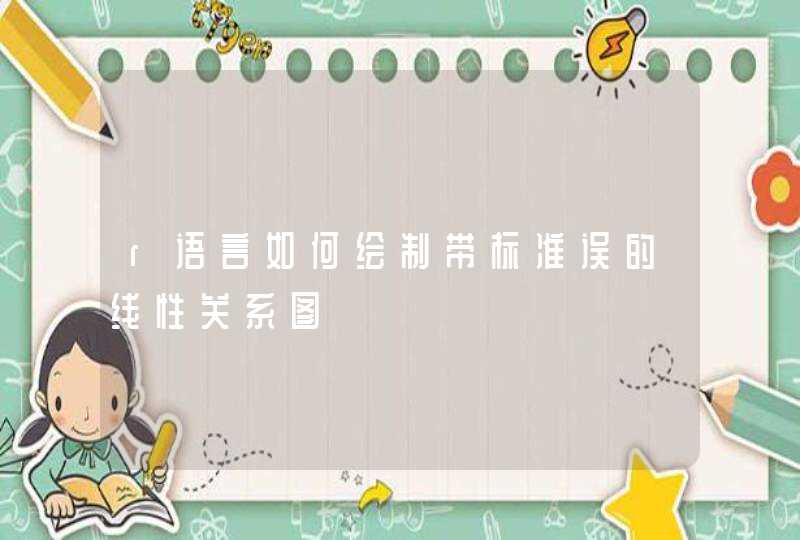
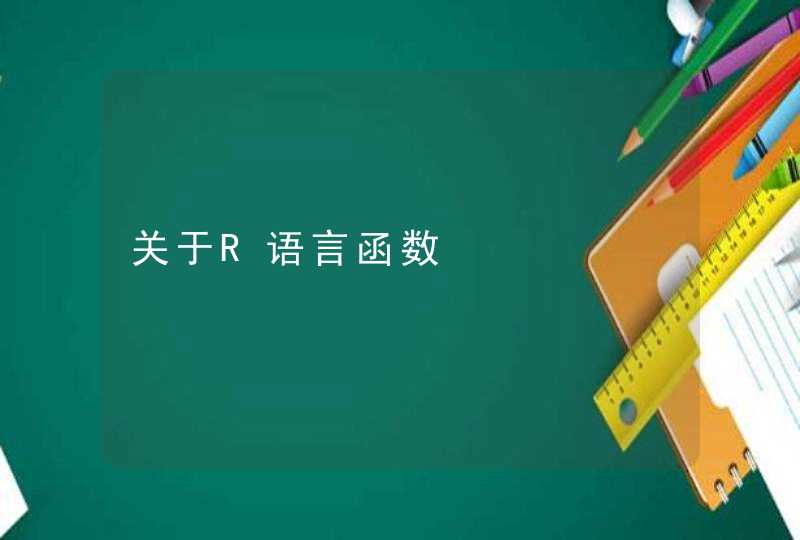

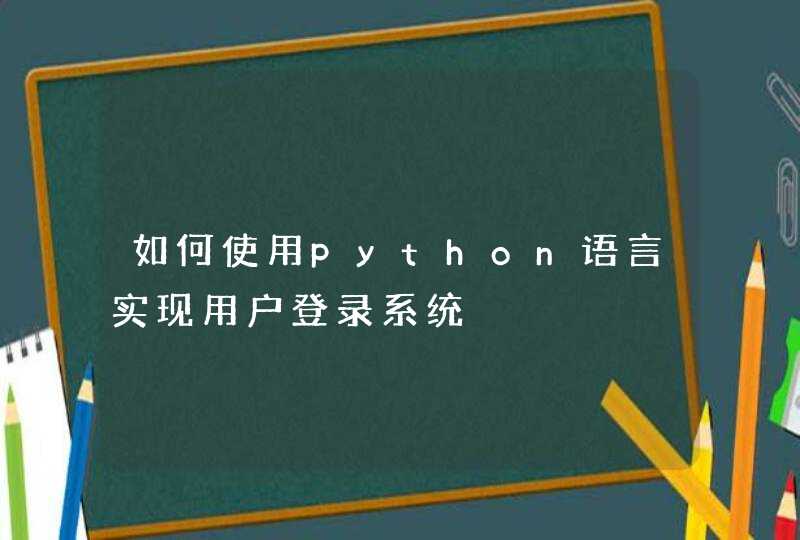
![python中a[1][2]是什么意思](/aiimages/python%E4%B8%ADa%5B1%5D%5B2%5D%E6%98%AF%E4%BB%80%E4%B9%88%E6%84%8F%E6%80%9D.png)

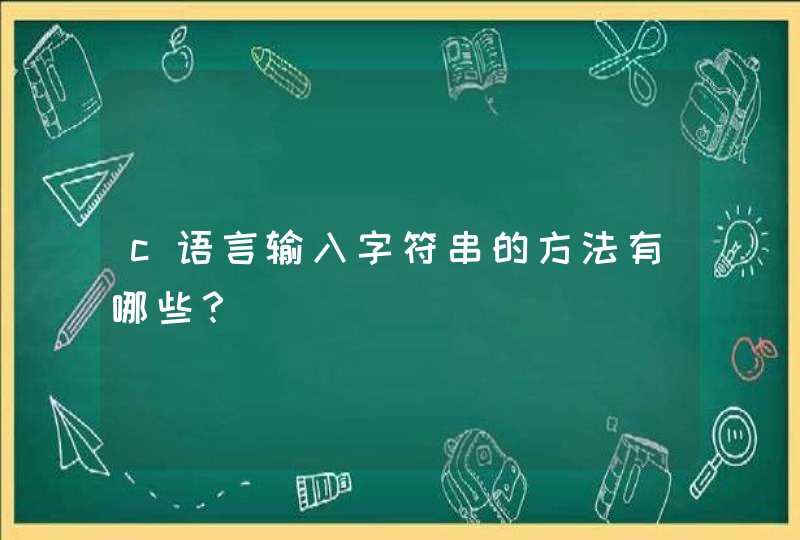



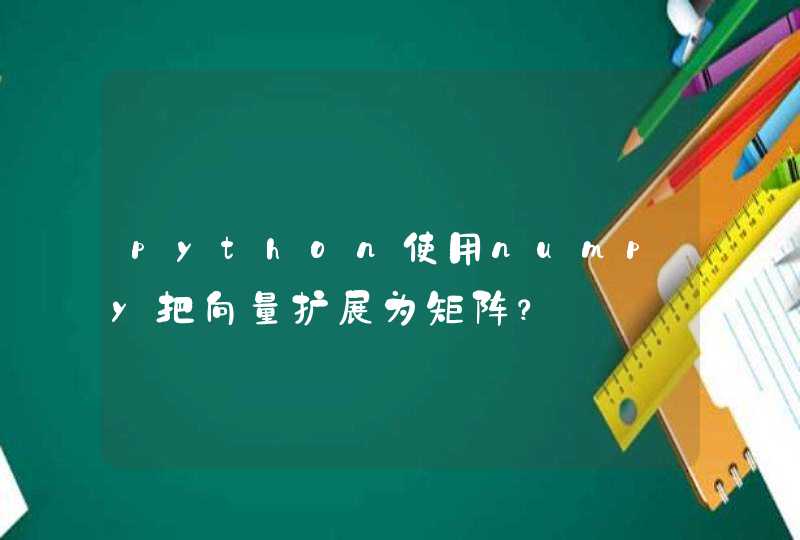


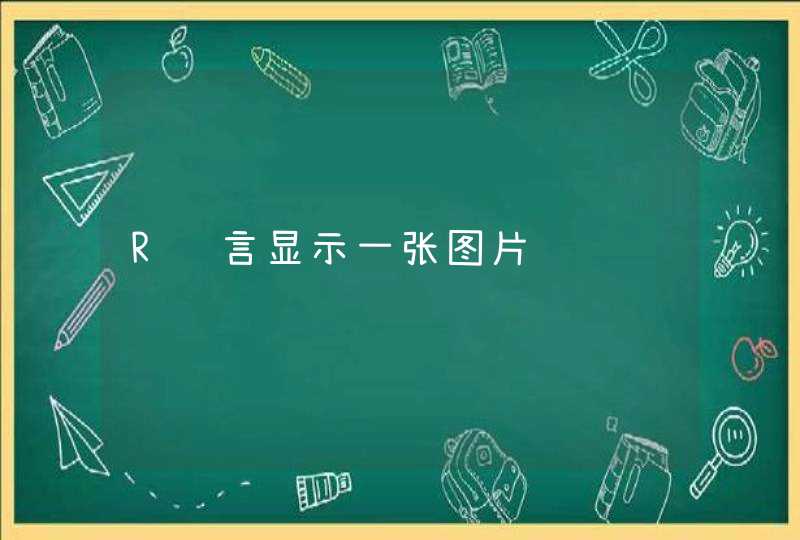

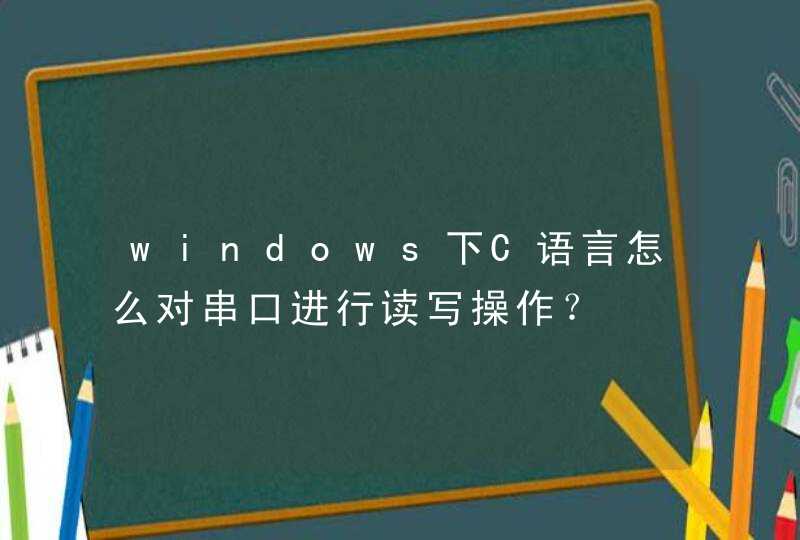
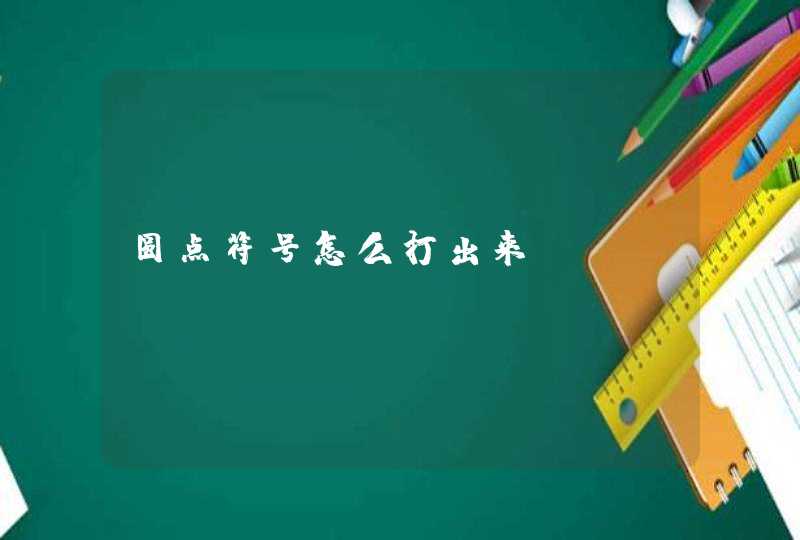



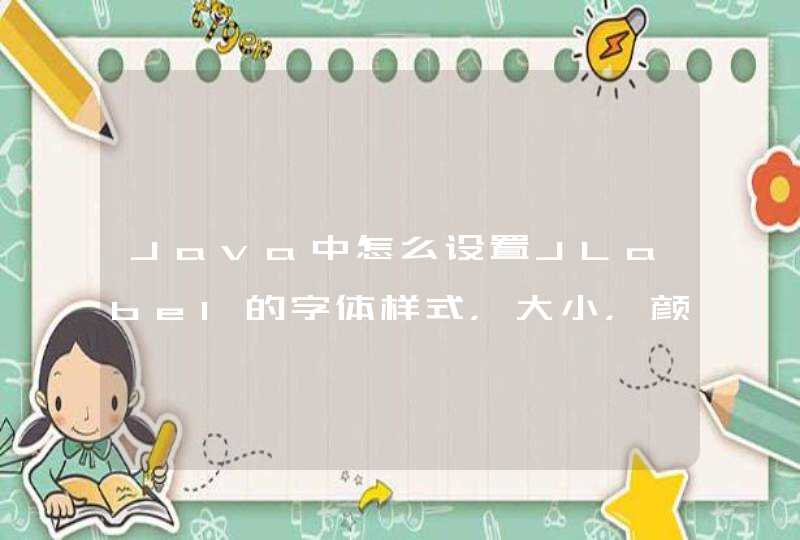

![R和Rstudio终端显示语言的更改[Windows]](/aiimages/R%E5%92%8CRstudio%E7%BB%88%E7%AB%AF%E6%98%BE%E7%A4%BA%E8%AF%AD%E8%A8%80%E7%9A%84%E6%9B%B4%E6%94%B9%5BWindows%5D.png)

